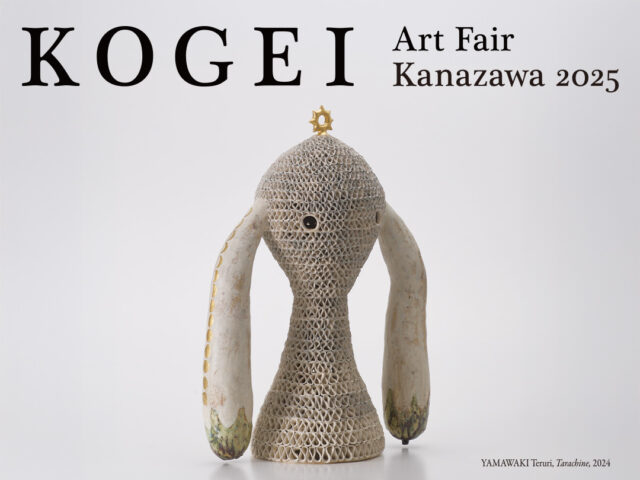“Craft Competition in Takaoka, Tokyo Exhibition” Will Be Held in Marunouchi
Featured Exhibitions & Events VOL.51
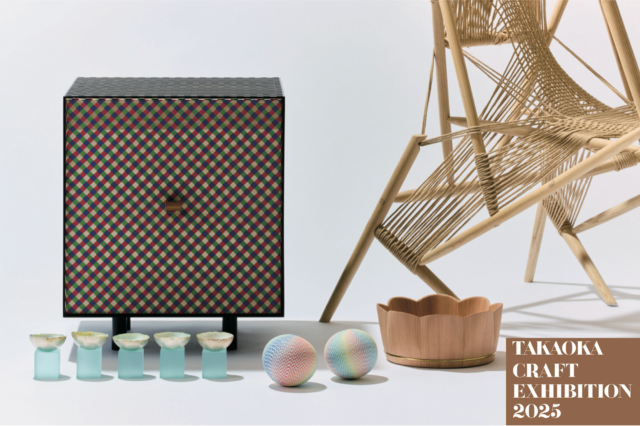

VOL.1-51
Update

VOL.1-23
Update

VOL.1-25
Update
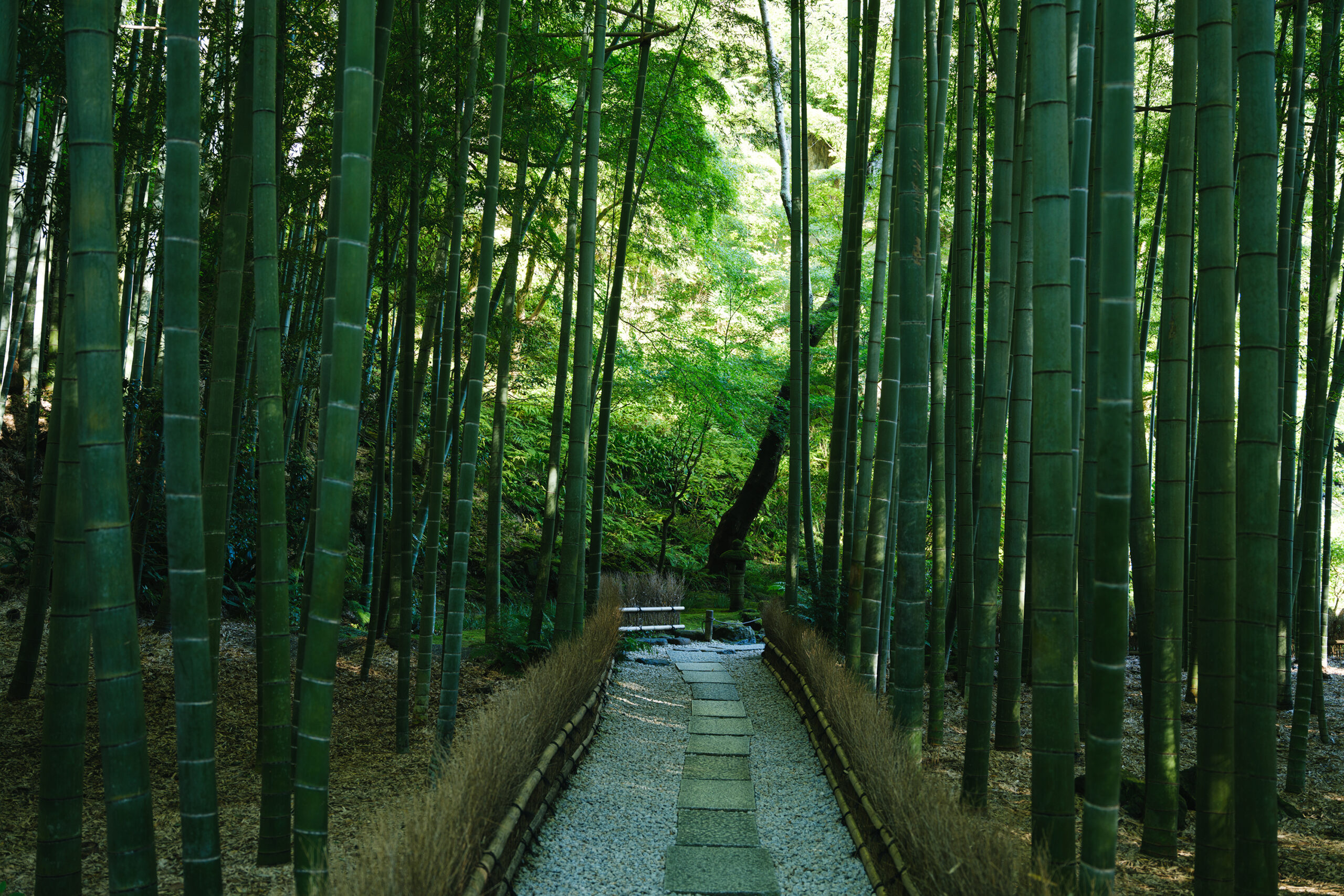
VOL.1-3
Update
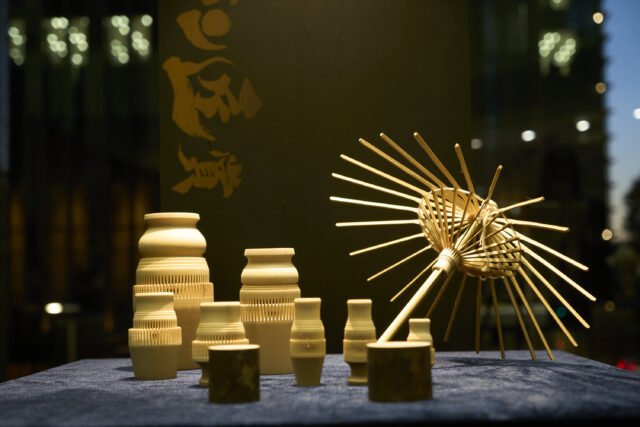
VOL.1-27
Update
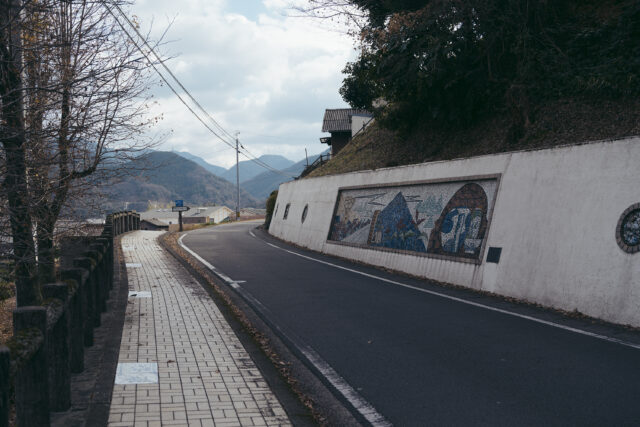
VOL.1-4
Update
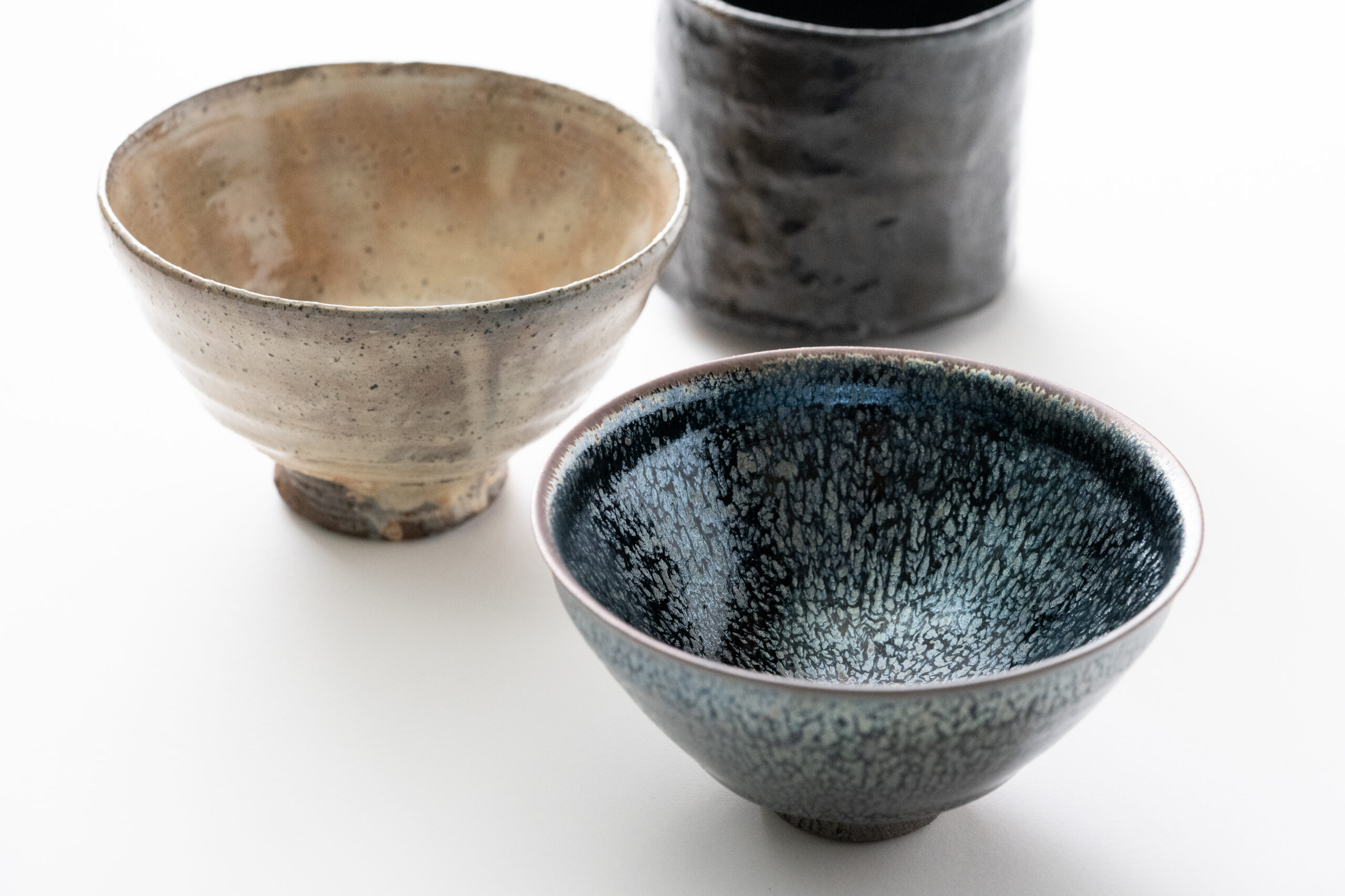
VOL.1-3
Update
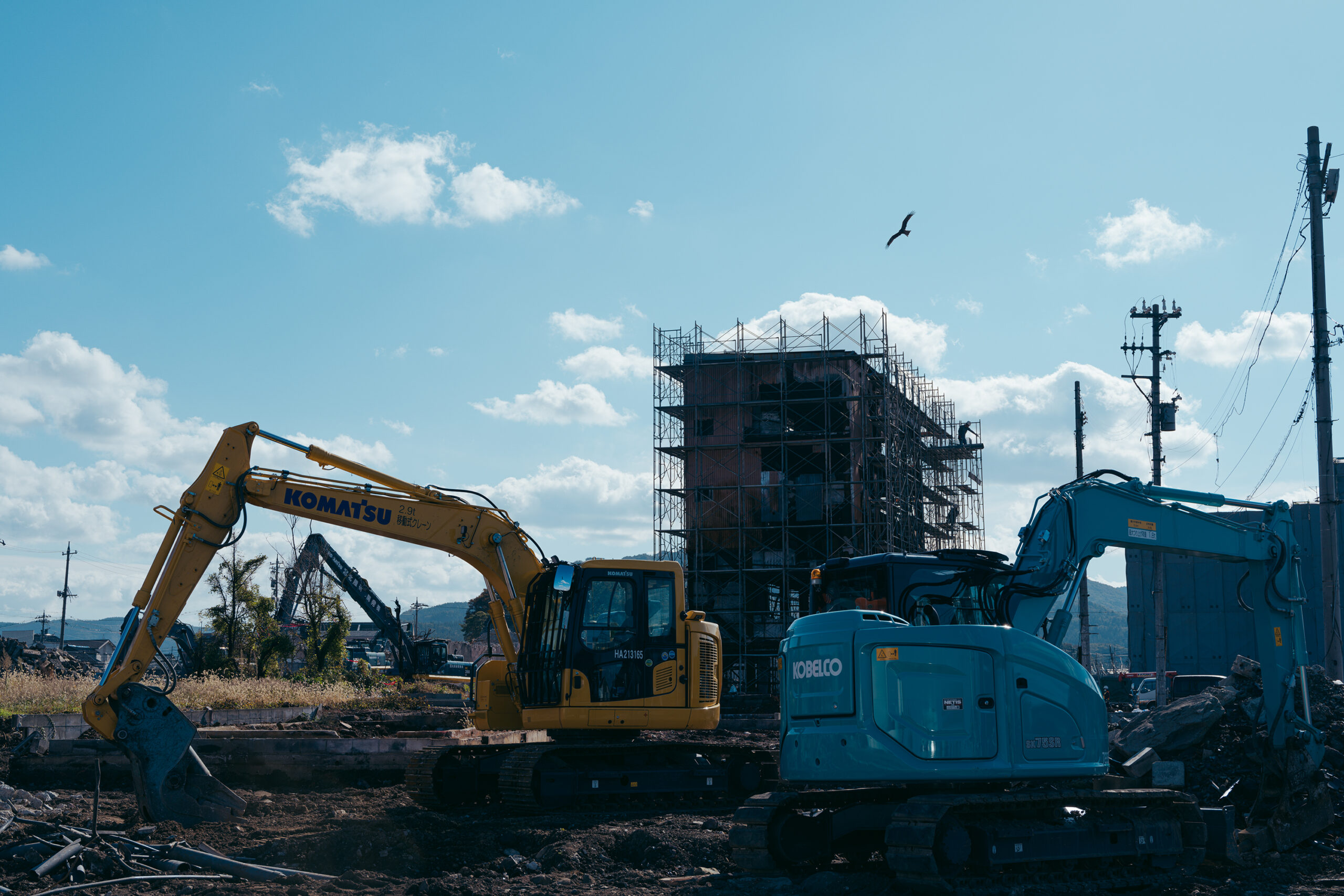
VOL.1
Update
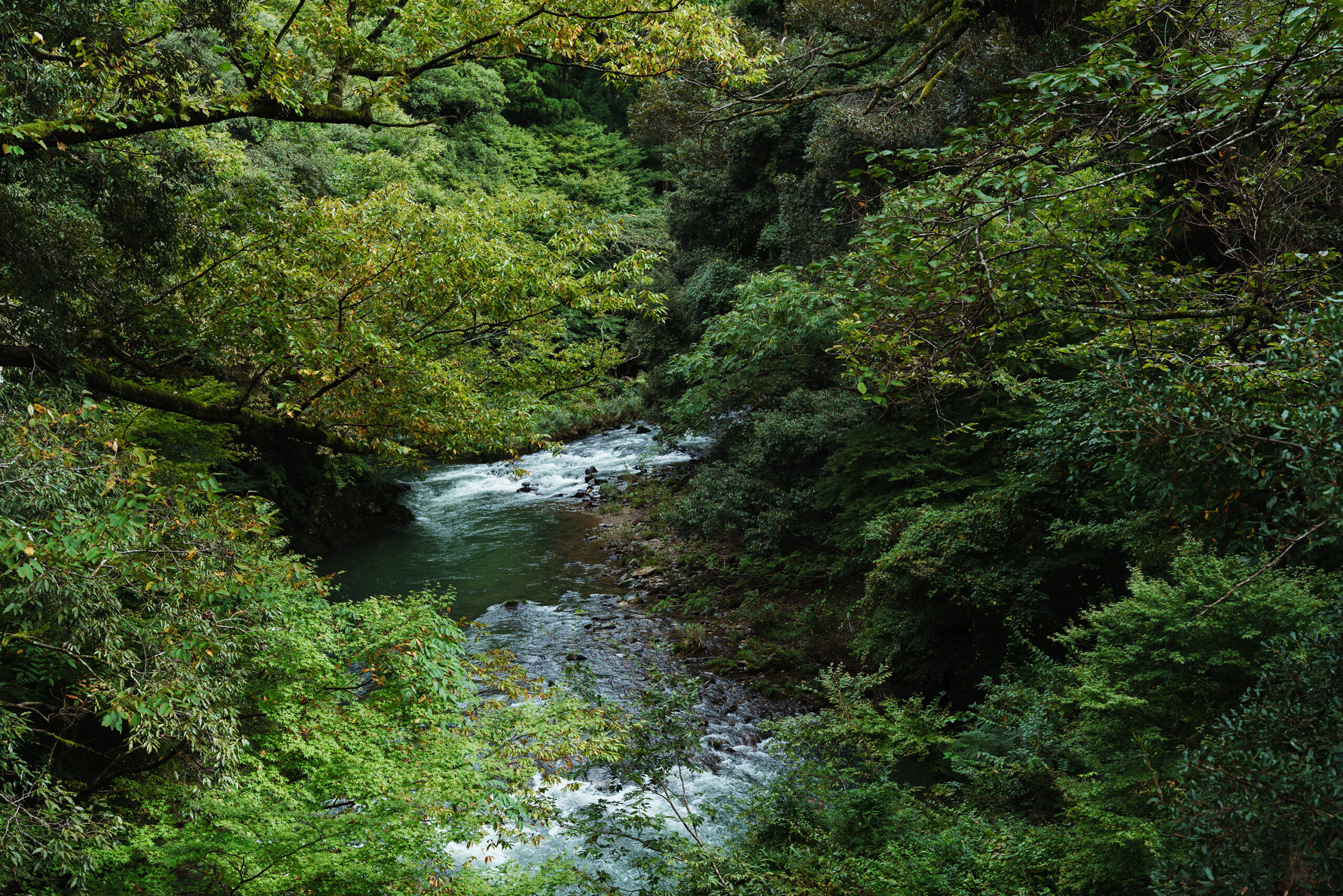
VOL.1-7
Update
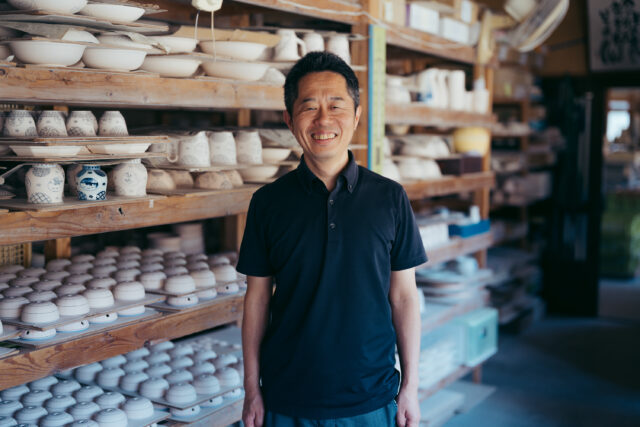
VOL.1-32
Update
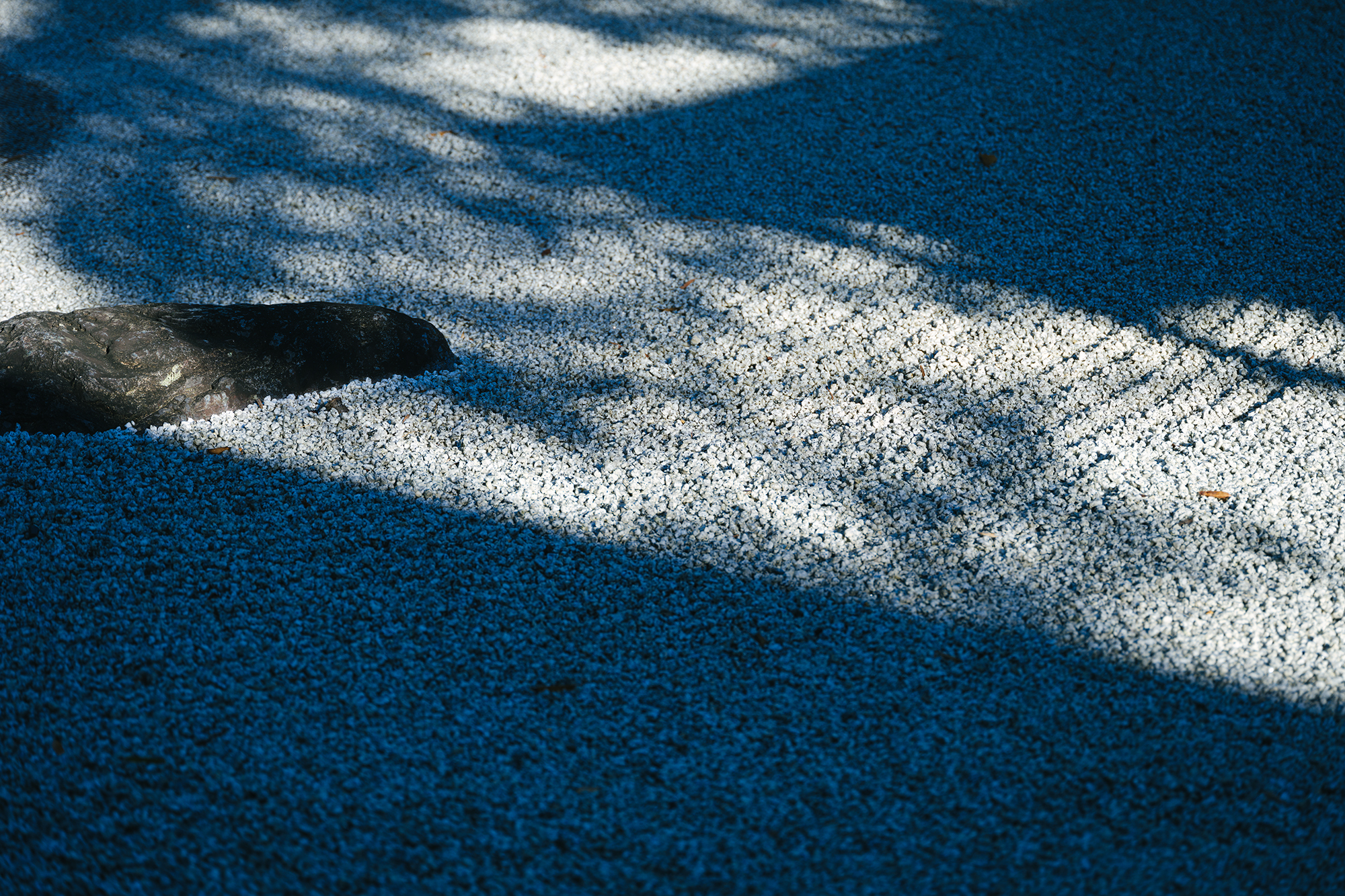
VOL.1-12
Update
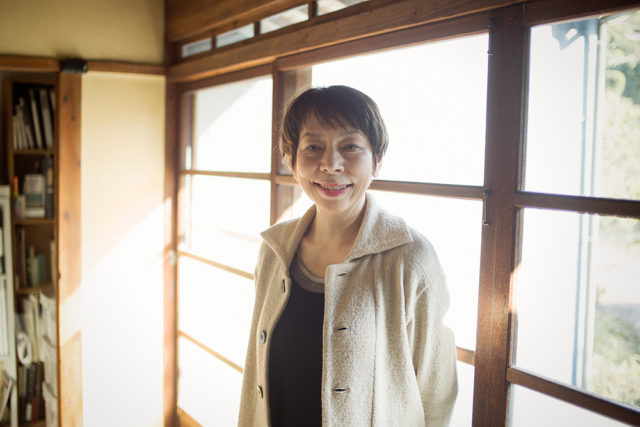
VOL.1
Update
We share a variety of information and perspectives on Japanese crafts, including exhibition information and interviews.
Featured Exhibitions & Events VOL.51
New Products VOL.23
KOGEI Topics VOL.25
Featured Exhibitions & Events VOL.50
Dec 9, 2025 – Mar 1, 2026
National Crafts Museum
Dec 20, 2025 – Feb 1, 2026
Nezu Museum
Dec 26, 2025 – Jan 14, 2026
WAKO B1F ARTS & CULTURE
Jan 6 – Mar 10, 2026
The Japan Folk Crafts Museum

Bathed in the morning sun, Yakushiji Temple glows softly through the gentle morning mist. Capturing this quintessential view of Nara, this tea bowl is the work of Hiroki Onishi of Kohaku-gama Kiln, a ceramic artist of Akahada ware, a traditional ceramic style long associated with Nara. With deep historical roots, Akahada ware has been treasured by local temples and shrines for generations.
The tea bowl features a smooth, glossy glaze yet retains a palpable earthy texture, especially in its softly finished kodai foot. It was crafted using clay gifted from the foundations of the East Pagoda of Yakushiji Temple, a national treasure, during its restoration. The original clay, dating back to the temple’s founding, is rich in iron, making it difficult to fire. Through a process of extensive trial and error, Hiroki succeeded in creating the piece using only this ancient soil. The subtle gradation in the glaze at the base of the bowl evokes the image of morning mist, from which a depiction of Yakushiji Temple emerges, delicately painted in gold. Like the temple itself, the oldest surviving structure in the ancient capital of Heijo-kyo, the tea bowl stands with an unshakable presence, an embodiment of strength and serenity shaped by 1,300 years of history.
